The debate over how to replace the generation capacity that will be lost following the closing of the 847-MW coal-fired San Juan Generating Station in June of 2022 is officially over, with Public Service Company of New Mexico (PNM) opting to move forward with four solar-plus-storage projects in San Juan’s stead.
The announcement is not altogether surprising, as state regulators ordered PNM to procure San Juan replacement power from utility-scale renewables earlier this summer.
The four projects slated to replace the generating station will all be located in Northwest New Mexico, with a couple close by to the generator. The quadruplets are comprised of 650 MW of solar generation and 300 MW/1,200 MWh of accompanying energy storage. Two of the projects have already been approved by state regulators: Arroyo Solar, which clocks in at 300 MW and 150 MW/600 MWh of storage and Jicarilla Solar I, with 50MW and 20MW/80 MWh to its name.
PNM is pushing hard for regulatory approval of the other two projects, San Juan Solar 1 (200 MW of generation and 100 MW/400 MWh of storage) and 201LC 8m (100 MW and 30 MW/120 MWh) prior to Dec. 4, so that construction can begin in January, in order to achieve a June 2022 commissioning.
The projects are also expected to generate up to $74.7 million in property-tax revenues over the 20-year terms of the deals and create roughly 500 jobs per month during the buildout of the projects.
The viability of carbon capture
The approval of PNM’s power purchase plan marks the final death blow to a long-shot carbon-capture retrofit proposal that was being promoted by elected officials in the City of Farmington and Enchant Energy. It’s worth noting that the City of Farmington owns 5% of San Juan.
The carbon-capture proposal had previously been slammed by energy experts and renewable advocates alike, including Karl Cates, an IEEFA analyst and author of a research brief published today regarding the new PNM plan.
“The retrofit was riddled already with numerous holes in its business plan, which overlooked such fundamental questions as to who would buy the power from such a complicated and high-priced project, how it would be transmitted, and who would finance it,” asserted Cates in the brief.
The point of price, along with the state’s Energy Transition Act, which calls for 50% of the state’s electricity to come from renewables by 2030 and 80% by 2040, were key determination’s in the approval of PNM’s plan.
In terms of wholesale energy prices, the Arroyo project comes in at $18.65 per MWh, the Jicarilla project at $19.73, the San Juan Solar I and Jicarilla Solar I, respectively, at $26.65 and $27.35. In comparison, coal-fired generation runs $66 to $112 per MWh, and combined-cycle gas fired generation is $44 to $64 MWh. Both of these estimations are based on Lazard’s most recent annual assessment of energy costs.
According to Cates, the carbon-capture proposal was a long-shot from the start, as state regulators and PNM alike were always focused on replacing the generations with solar. At that point, the issue became which projects would be included, not which resources.
The bigger picture
As important of a step as this plan is for New Mexico’s energy transition, according to Cates, it sends a strong signal to the rest of the region.
“When a utility of this size makes that kind of commitment, other utilities are going to look at it and respond accordingly,” Cates told pv magazine. “Some of it is policy-driven, we have the Energy Transition Act, but I have to believe that most of it is market-driven. These are deals that are from $18-25 per MWh – that’s cheap electricity. it’s a business decision as much as anything. They’re a regulated utility that must be responsive to its rate base. This is one way it gets there.”
There are few regions better suited for solar than the American southwest, and many of the area’s utilities have adjusted their long-term integrated resource plans accordingly, in order to take proper advantage of the cheap, reliable electricity that solar provides.
This content is protected by copyright and may not be reused. If you want to cooperate with us and would like to reuse some of our content, please contact: editors@pv-magazine.com.
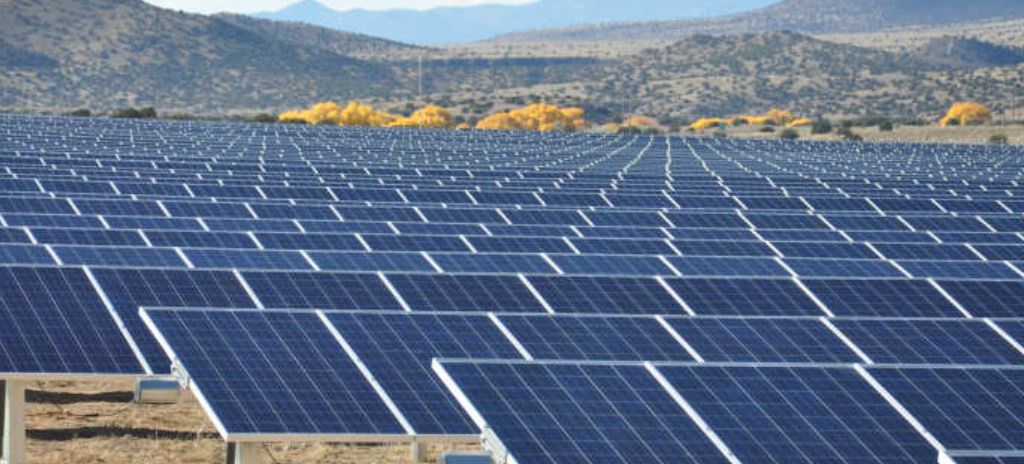
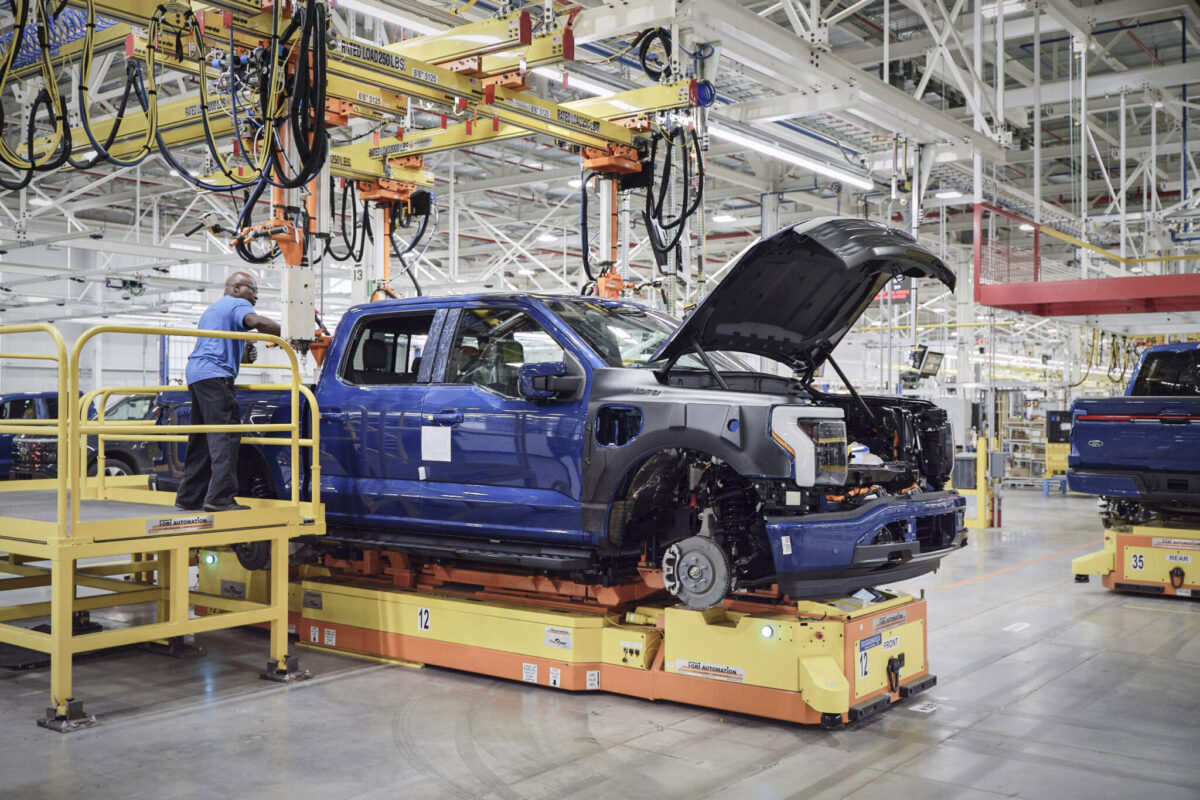


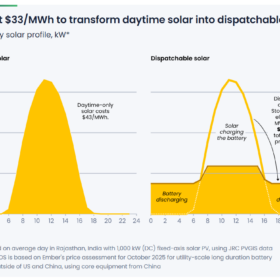
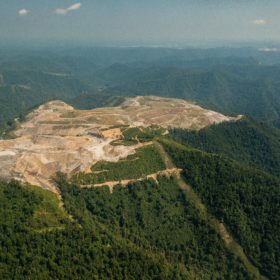
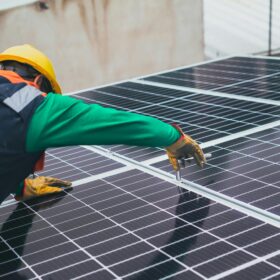
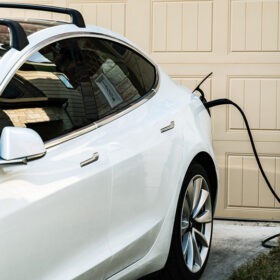

PNM wanted PV+NG.
The state regulators rejected that recc and went for PV+storage instead
how much land will be used for the solar panels? will there be a need to remove the animals and plants from the site just like they did in Nevada for the Ivanpah Solar Power Facility? will those animals died in a warehouse just like Ivanpah? what about the carbon foot print to make the steel, aluminum, cooper, plastics, cement and other rare earth material? will the owners demand that all material come from a manufacturing plant to be carbon free? or will everything be ordered from China that is just pumping the carbon into the air? these are fair questions to ask, why did the reporter not ask those questions?
No vegetation, animals nor insects need to be cleared. In fact here in Australia the solar panels have been used to increase farm production with the key benefit of increased power production due to the cooling nature of vegetation.
The panels are placed on slightly higher than normal racks to allow livestock to graze beneath, shelter or rest beneath them. This shelter lowers the water required for the livestock and provides protection for the young from predatory birds.
Farmers gain from rent payments for having the solar panels, lower stock losses, lower water usage & greater livestock production.
BTW – Australia is the world’s driest populated continent. So anything that saves water is a big plus for farmers.
Good point. I would want to know that for all the material used, the end of life recycling issues with these plants. Who is the go to person at NREL?
Richard,
You can start by learning the difference between PV and solar-thermal.
Then you can look at some photos of the area where the PV will be installed.
Then you can learn about fossil pollution so that you have a basis of comparison.
How many full time jobs are going to be lost due to the closing of the mines and power plant compared to 500 low skilled labor jobs for 1 year. How much money has the mine and power plant contributed to the community over the past 20 years?
With a Sidel Carbon Capture Utilization System the coal power plant will operate with over 90% of the CO2 removed. It will not only create a lot of full time good paying jobs operating the CCU System but it will also create a lot of new jobs in agriculture.
Lets increase the efficiency of this power plant and keep the community together. Check out http://www.SidelGlobal.com
With the coal-fired power plant producing 2.5 & 10 micron particles which lead to many health problems – there are substantial never-included health costs arising from its use.
Even without including all costs from coal-fired power – it costs 3 to 7x what the power from wind & PV does.
Companies paying lower power prices can now break-even or increase their profits & possibly expand vs companies being faced with ever increasing power costs – going broke or moving to cheaper power states.
Typically mines these days have tens of millions in huge trucks, drag lines etc and few staff.
Here in Australia they are now using self-driving trucks & self-driving trains monitored by a central control station 3,000 km away. Mining jobs have dropped 70% while Australia’s mining exportings have increase 700% since 1990.
There are now more people employed in the renewables industry than in the mining industry here.
Andrew,
More people here employed in intermittent than in mining industry?
Now, to complete the comparison, calculate the national wealth produced each year by a person in each group. One can employ many people making Easter Bunny toys each year, but they would not create much wealth. That is what is important. Geoff S
PV has a huge land footprint and can require several square miles. Ivanpah Valley also has 5,000 acres of PV panels. Birds fly into them (lake effect) and these projects cleared away 5 square miles of desert tortoise habitat. The Ivanpah towers cook the birds and the PV panels kill them through trauma. No free lunched. We need to put the damn panels on rooftops. no brainer.
Ivanpah is not PV. And is in California, not Nevada.
Is this li-on or other storage?
Andrew,
More people here employed in intermittent than in mining industry?
Now, to complete the comparison, calculate the national wealth produced each year by a person in each group. One can employ many people making Easter Bunny toys each year, but they would not create much wealth. That is what is important. Geoff S
I am guessing that the replacement solar V + battery system will be intertied to an external grid so that import and export of electricity is possible. Someone please confirm.
Or we could use nuclear energy, and ditch this solar/wind garbage for a workable, economic and stable power source.
Figure out a way to get nuclear built and financed. Appreciate your critical thinking and kindness.
Indeed.
The only reason these Nuke plants are called “economical” is because they do not include insurance (a burden on the state), refurbishment, maintenance, site remediation or waste disposal costs.
Only problem with nuclear is that it is no longer economic. That’s why after the estimated cost has been trebled & the projects still aren’t complete – they’ve been abandoned.
Nuclear plants built in the 50s & 60s were built with little knowledge of potential problems.
Three Mile Island, Chernobyl, Fukishima are only the accidents that got publicity.
In Japan over a typical year between 8 to 20 workers gets scalded to death due to pipe failures in their nuclear plants. Nuclear operators have also been very big political donors in Japan to the LDP.
They’ve also been illegal donors aka bribes to US politicians – say $60m to get a $3bn cost blowout (so far) approved. Google it.